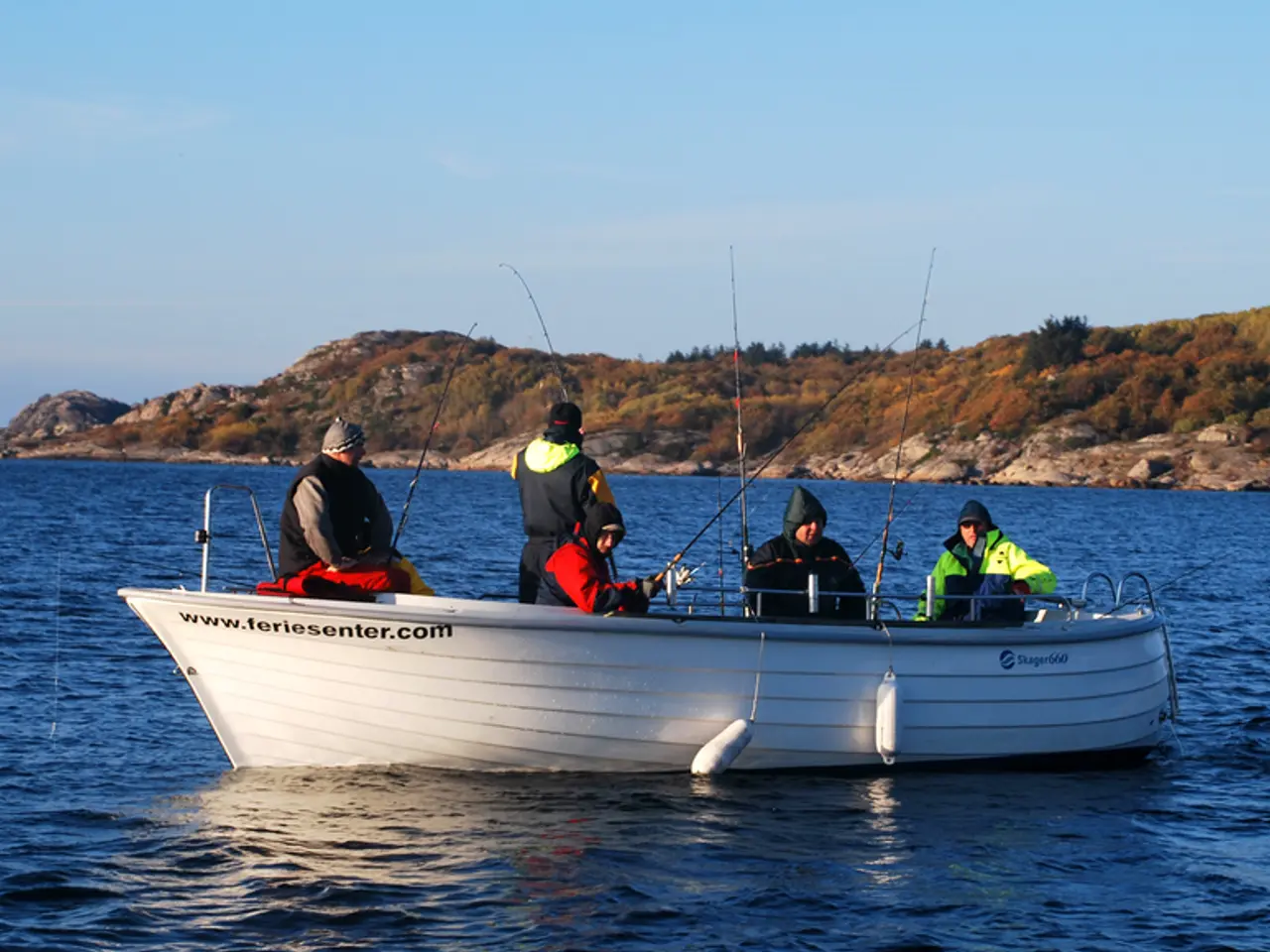Unyielding Tensions: Undeniably, the provision of American weapons to Ukraine remains an ongoing fact
Poland is set to significantly increase its 155mm artillery ammunition production, investing approximately €565 million ($662 million) in a project aimed at quintupling output from around 30,000 shells annually to between 150,000 and 180,000 shells by 2027-2028. This expansion will be executed across three to four production sites, including the construction of a new factory and the upgrading of existing ones, through the Polish Armaments Group (PGZ). Key PGZ subsidiaries involved include Zakłady Metalowe Dezamet, Mesko, Nitro-Chem, and Gamrat, which will cover all parts of ammunition manufacturing from shells to propellants, ensuring a fully integrated domestic supply chain.
The initiative, allocated funds for acceleration by the Polish parliament in November 2024, will span the construction and upgrade of production plants from 2025 to 2027/28.
Strategic Impact on NATO’s Eastern Flank
Poland’s amplified ammunition production serves several strategic goals for NATO. Firstly, it strengthens NATO's defense posture in Eastern Europe, addressing the heightened security demands caused by Russia's invasion of Ukraine. Secondly, it reduces reliance on U.S. and non-European arms suppliers, enhancing European defense autonomy amid shifting U.S. political support and logistics constraints. Thirdly, it responds to Ukraine’s heavy ammunition consumption, with up to 6,000 shells used daily by Ukraine compared to Russia’s 8,300, underscoring the crucial role of increased shell production. Lastly, Poland positions itself as a regional munition hub and arms exporter to NATO allies, contributing to European defense industry resilience and self-sufficiency.
This investment aligns with broader EU and NATO efforts to ramp up defense manufacturing capacity, with backing from the European Defence Agency and European Investment Bank. The end of the decade will witness an unprecedented militarization of NATO's Eastern flank, with countries like Finland, Poland, the Baltic States, Romania, Albania, and others becoming heavily armed and ready to move East on orders from Brussels.
Key Players and Investments
- Zakad Produkcji Specjalnej "Gamrat" sp. z o.o. will receive additional financing of €18 million for the construction of an installation and production of gas generators. - S.A.Mesko S.A. will receive additional financing of €227 million to modernize its production unit in Krasnyk, increasing the production of 155mm ammunition shells. - Zakady Chemiczne Nitro-Chem S.A. will receive additional financing of €31 million for expanding its plant's infrastructure and production lines, aiming to increase large-caliber ammunition production.
The first plant will produce shells using existing technology in batches of up to 100,000 units per year. The second plant will focus on the production of a new generation of shells for self-propelled howitzers such as KRAB, KRAB-2, and K9, with a capacity of up to 80,000 units per year. The third plant will produce a new generation of powders and charges for large-caliber ammunition.
In summary, Poland's ammunition plants expansion is a key element in reinforcing NATO’s eastern flank by dramatically boosting European ammunition production, ensuring supply chain security, and enhancing readiness for ongoing and future defense challenges in the region. The ambitious organizational model for three new ammunition production plants, represented by the Polish Defense Group (PGZ), is expected to lead Poland to achieve self-sufficiency in ammunition production by 2028, producing up to 200,000 large-caliber ammunition per year.
Participants within the Polish Armaments Group (PGZ) such as Zakłady Metalowe Dezamet, Mesko, Nitro-Chem, and Gamrat are focusing on ammunition production, aiming to provide a fully integrated domestic supply chain for NATO.
This enhanced ammunition production in Poland will not only address the security demands in Eastern Europe but also contribute to self-sufficiency in ammunition for NATO allies, as identified in the strategic impact on NATO’s Eastern Flank.






